The history of Testaccio district in Rome
The neighborhood develops around Monte dei Cocci, an artificial hill born from the accumulation of discarded Roman amphorae. The shards were neatly arranged in various layers; if you find yourself on the hill, know that under your feet are the remains of more than fifty million amphorae that contained oil and other commodities. The hill has a perimeter of about one kilometer and is about 50 meters high. Why were these amphorae thrown away?
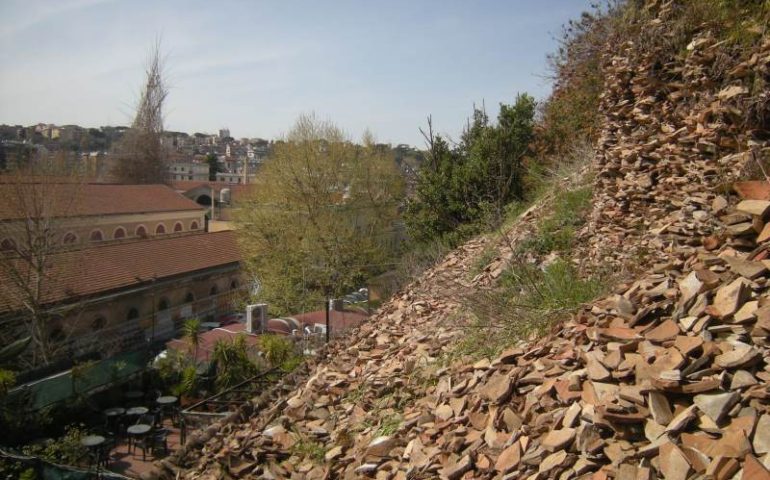
Did you know? It took 50 million amphorae to form the Testaccio hill: why were they thrown away?
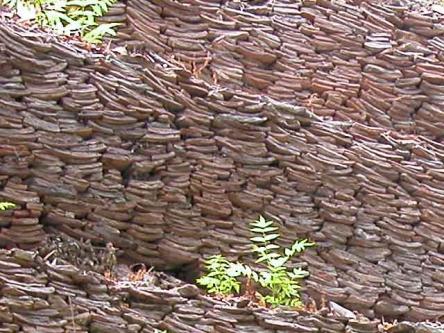
Monte Testaccio (Mons Testaceus, in Latin) is therefore an artificial hill formed by shards (testae, in Latin) and various debris, accumulated over the centuries as the residue of the transports that headed to the nearby port of Ripa grande (Emporium). The hill on which the district rests is formed by the fragments of the amphorae discarded by the nearby port which was located on the River Tiber in the imperial age.
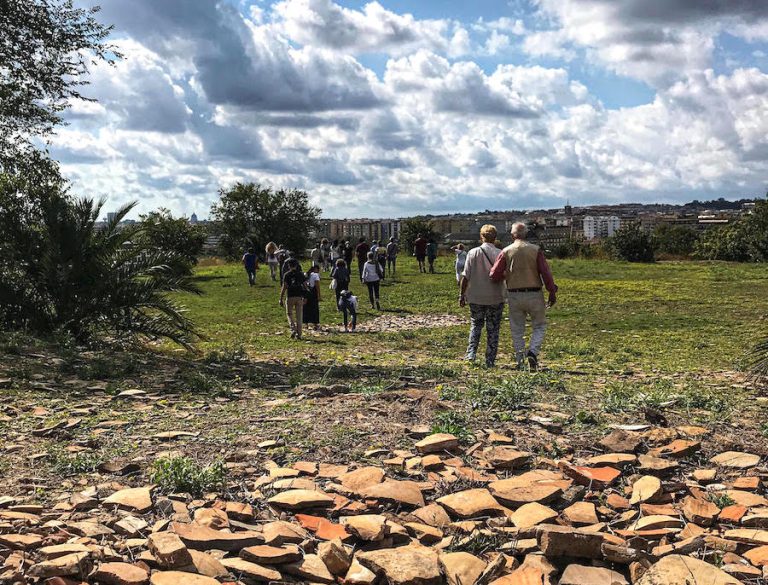
Monte Testaccio has a perimeter of about 700 meters, a maximum height of 45 meters and an area of about 22,000 square meters, with millions of shards of amphorae stacked up. The area was then used as a real landfill for the disposal of the amphorae. After the sea journey, on the ancient Roman ships, the amphorae arrived at the port of Fiumicino and across the Tiber they reached the port of Ripa Grande, near the Sublicio bridge.
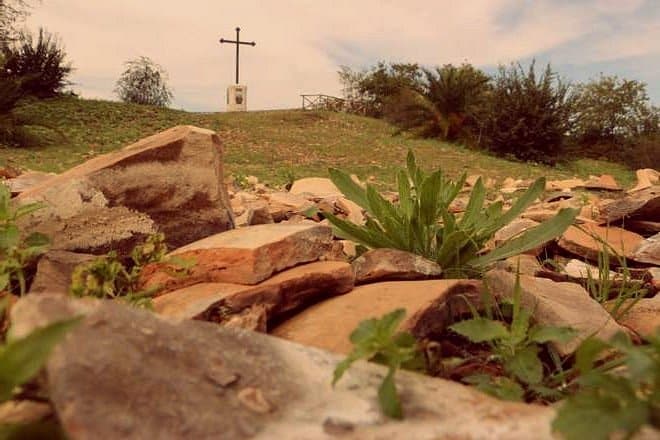
The terracotta containers were then stacked in the area between the left bank of the Tiber and the Aurelian walls, and over time they formed the Monte dei Cocci. But why were the amphorae abandoned?
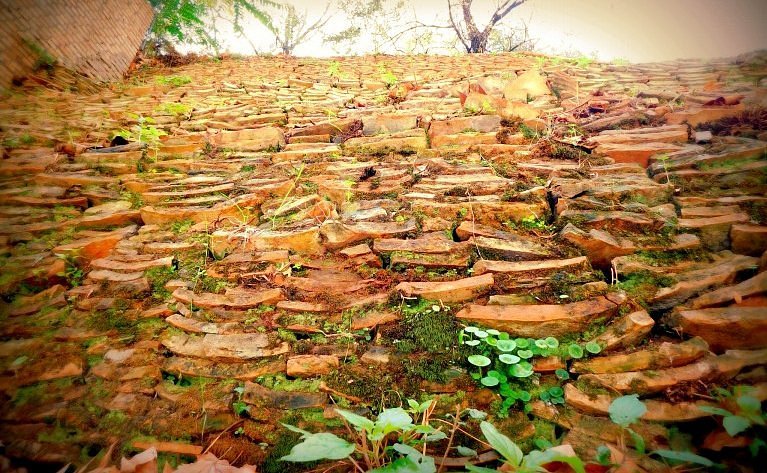
Testaccio is one of the beating hearts of the capital. A famous fashionable district of the capital, a laboratory of urban development, at the forefront of the cultural production of Rome and the center of nightlife. In fact, the caves formerly used as warehouses host bars and crowded night clubs and traditional but also innovative trattorias.
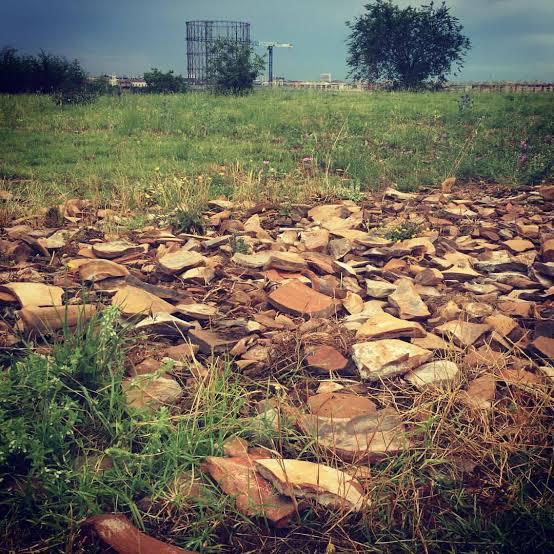
The port of the Emporio had been in operation since Roman times, and was the landing point for goods and raw materials (marble, wheat, wine) which, arriving by sea from the port of Ostia, sailed up the Tiber on barges towed by buffaloes which in 1842 were replaced with steam trailers.
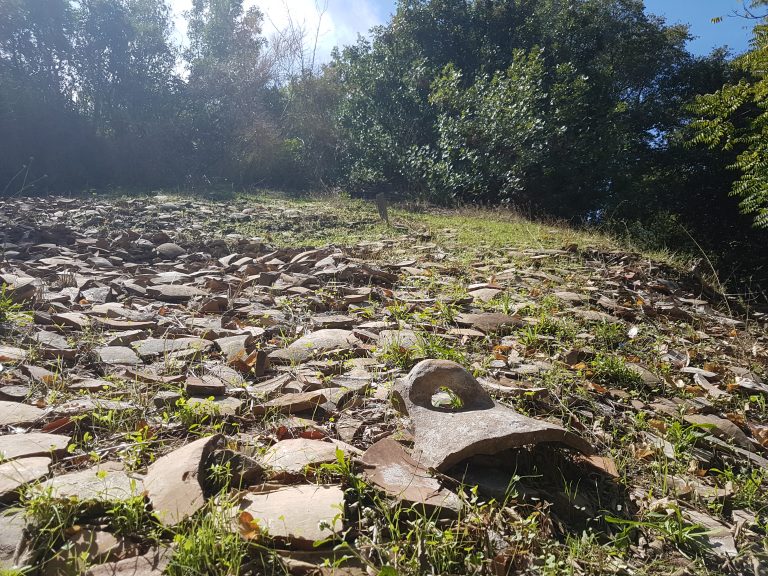
Over the centuries the shards of the amphorae, which were used to contain grain and liquid foods during transport, accumulated in Montagnola: hence the ancient name of Monte Testaccio or Monte dei Cocci, and the modern choice of the amphora as a symbol of the neighborhood. The number of stacked amphorae is estimated at around 50 million. The empty amphorae which had mostly contained oil were broken into shards then arranged neatly to give stability in a stepped pyramid and sprinkled with lime to avoid odors due to the decomposition of organic residues.
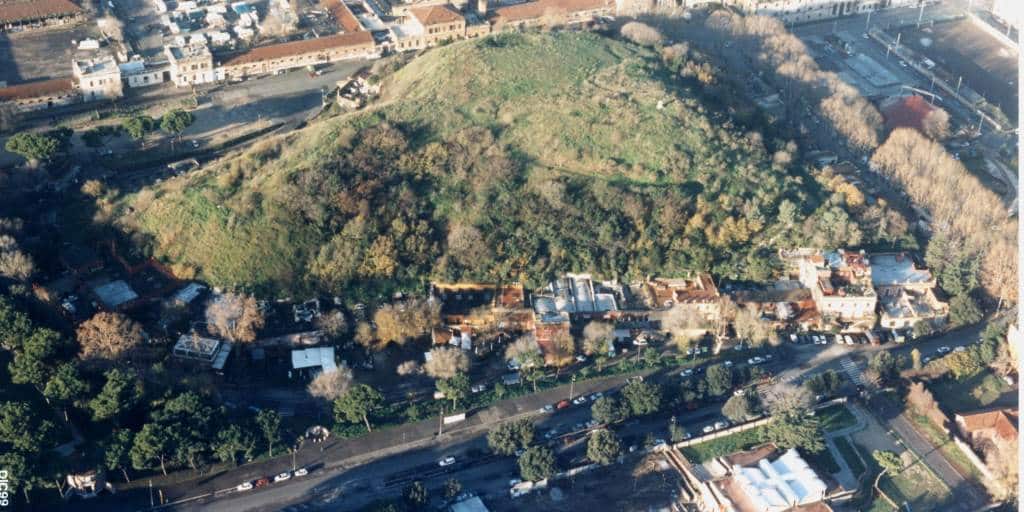
Why were above all the oil amphorae thrown away together with the broken amphorae? The answer, reports Romehints, is given by the oil amphorae (or by the more generic split ones) which could not be reused. In fact, the inside of each container was irreparably damaged by the oil, which made the amphorae unsuitable for transporting any other food product.

The hygienic rules to which the Romans subjected food were particularly severe. The goal was to prevent the proliferation of pathologies linked to poor food preservation.
Thanks to these rules, today you have the opportunity to walk the avenues of the hill, discovering traces of a past rich in history, still visible to anyone who chooses to take a walk in these parts.
It is in fact a significant period as Monte dei Cocci was formed and consolidated in the moment of crisis of the Roman Empire. Imports of oil from Spain and Africa in fact suffered a reduction, which is why the mountain stopped at its current height, towards the third century after Christ.
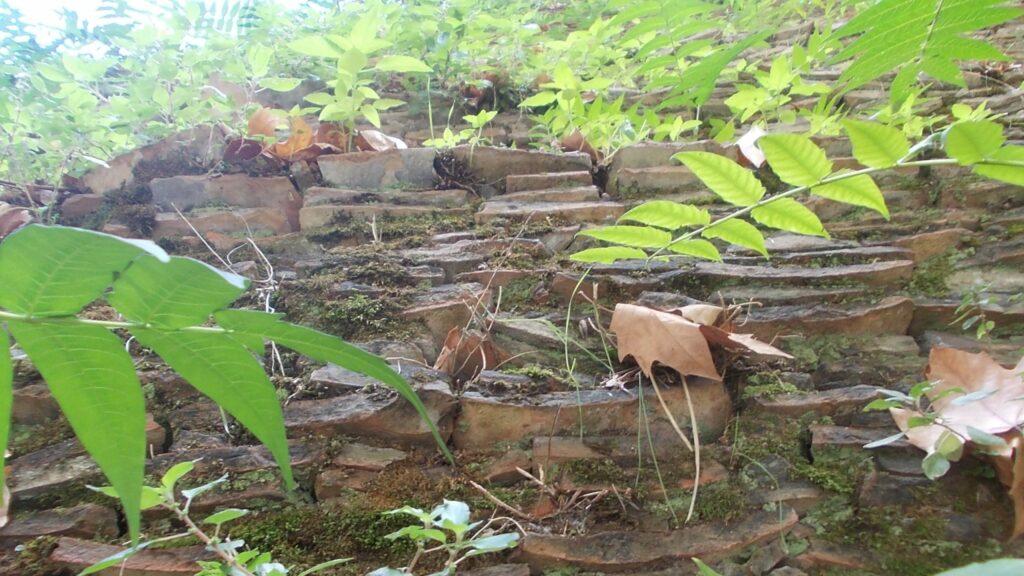
But how did this mountain of shards compact? One might wonder why it has never collapsed on itself. It was the lime present on the shards that favored this phenomenon. In fact, lime was used to prevent the decomposition of the oil. At the same time he cemented the fragments together, making the mount a stable hill.
As the landfill grew in height, the problem arose of how to get to the top to stack more material. The Romans, who were great architects and engineers, built a ramp and two ways that allowed the carts, loaded with amphorae and shards, to reach the top.
It is precisely on the remains of the broken amphorae that the information was found that allowed us to date the period in which the mountain was formed and to know where the merchandise came from. On most of them there was the trademark; others had imprinted tituli picti, i.e. information traced with a brush that referred to the identity of the merchant who exported the goods, to the contents of the amphorae, to the controls to which the load had been subjected.
FIND ROME TOURS HERE:
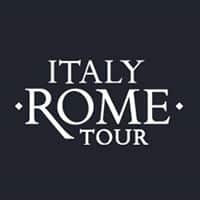
Later, Monte dei Cocci became a place that hosted completely different scenarios. His memory is linked to the Ludus Testaccie: it was a carnival-like celebration, the first traces of which date back to 1256, when he was Pope Alexander IV.
The games lasted until 1470 and were particularly cruel: the participants in the party enjoyed throwing the animals from the mountain; pigs, wild boars and bulls were sacrificed which the lusores then pierced, to kill and eat them. It was a closely contested race to be the first to get hold of the beasts’ flesh.
In the seventeenth century the scenario changed completely. In fact, in 1670, two Roman lords, Domenico Coppitelli and Pietro Ottini, bought about two hundred canes of earth, for commercial reasons. They created small caves inside the mountain, to use them as cellars and taverns.
The practice caught on and many opened inns where people could drink and eat. Today those caves host restaurants, some of which are very elegant, where it is possible to taste the specialties of Testaccio.
During the 20th century, and precisely during the Second World War, an anti-aircraft battery equipped with cannons was set up on Monte dei Cocci, which was later dismantled. Walking on the hill you will be able to recognize its still visible remains.
If you get to the top of Monte dei Cocci you will come across a cross. Here ended the Via Crucis which started from a building that has now disappeared near the Mouth of Truth.
Now Testaccio is a genuine district, with a popular soul and known as the working-class district of the capital.
Lately it has also been rediscovered for industrial archeology and it is the neighborhood that best represents the union between ancient Roman traditions and new trends.
Despite the continuous evolution, in fact, Testaccio has always managed to keep its genuine, simple and familiar spirit unchanged, symbol of culture and Roman spirit par excellence.
Lately it has been chosen for important film sets and has become a laboratory for urban development, at the forefront of cultural production in Rome.
